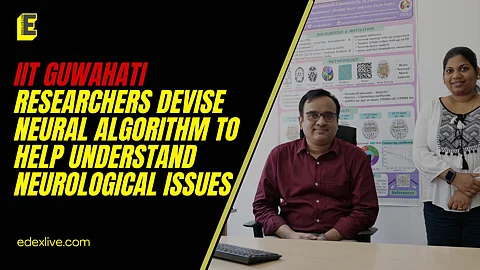

Researchers from the Indian Institute of Technology (IIT) Guwahati, have devised a groundbreaking algorithm named Unique Brain Network Identification Number (UBNIN) which is designed for encoding the complex brain networks observed in both healthy individuals and those diagnosed with Parkinson’s disease (PD).
Methodological approach
This study encompassed an examination of structural brain Magnetic Resonance Imaging (MRI) scans obtained from 180 PD patients and 70 healthy volunteers affiliated with the National Institute of Mental Health and Neurosciences (NIMHANS) in India, according to a press release by the institute.
Employing a network approach, the researchers represented various brain regions as nodes and determined network connection values based on regional grey matter volume.
Moreover, connection values for each node were assigned weights to understand the importance of each connection through a series of algorithmic procedures. The resulting numerical representation (UBNIN) was found to be unique for every individual brain network.
Dr Cota Navin Gupta, an Assistant Professor at the Neural Engineering Lab, Department of Biosciences and Bioengineering at IIT Guwahati said, "UBNIN is a special number representing unique characteristics of each human brain from a network perspective. Interestingly, we can also reverse engineer any human’s UBNIN value to reconstruct the original brain network. This UBNIN algorithm will enable us to identify and characterise (encode-decode) brain networks of every human being efficiently.”
Why can this discovery be crucial?
This newly developed UBNIN algorithm will further make MRI data interpretable and holds the potential to transform neurodegenerative disorder diagnosis and treatment.
The applications of UBNIN span from brain printing to enhancing storage efficiency for structural MRI brain networks. This has the potential to pave the way for low-bandwidth, high-speed transmission of human brain networks for Telemedicine and associated purposes.
It can also be applied to other neurological conditions like schizophrenia, Alzheimer's, depression and so on. Furthermore, it may be implemented on various datasets such as protein, social, and traffic networks, making it a versatile tool for understanding complex system dynamics of the nervous system.
